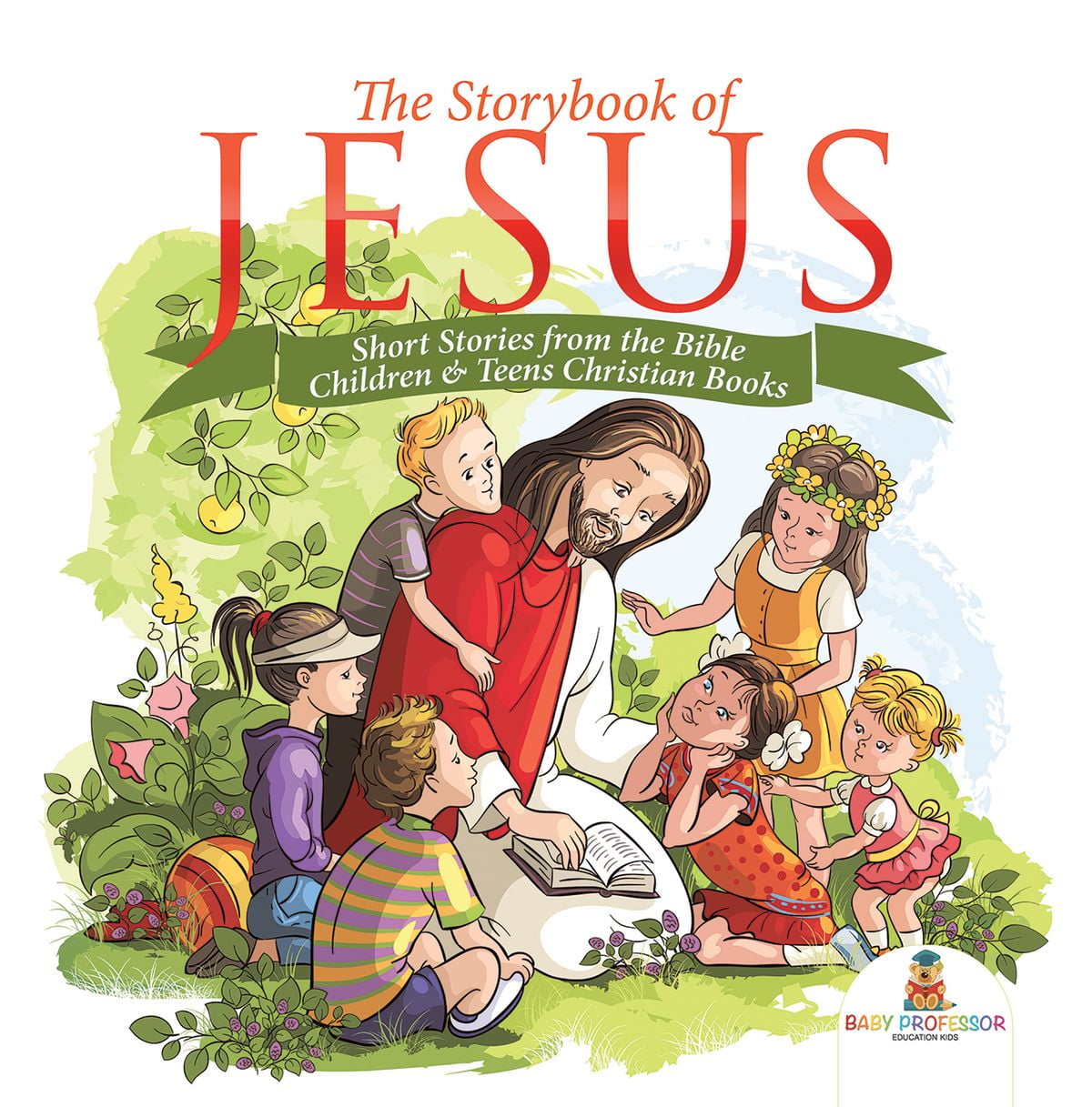

The first was authorship, whether it was believed to have been written by an apostle, by Paul or by someone close to them. Why did some books make the cut and not others? Combs cites three criteria used by early church leaders. Have you ever heard of the Apocalypse of Peter, the Epistle of Barnabas or the Gospel of Thomas? Combs says that there were hundreds of texts similar to those found in the New Testament and Old Testament that didn't make it into the canon. When Eusebius turns to the "spurious" and "heretical" categories, we get a glimpse into just how many other texts were in circulation in the second and third century C.E.
Bible books plus#
Under "disputed," Eusebius included James and Jude - the same books Luther didn't like - plus a few others that are now considered canon, like 2 Peter, 2 John and 3 John. Among the "recognized" were the four gospels (Matthew, Mark, Luke and John), Acts and Paul's epistles. Combs says that in Luther's original Bible, those four books don't even appear in the table of contents.Įusebius was a Christian historian writing in the early 300s who provided one of the early lists of which books were considered legit and which were borderline bogus.Įusebius broke his list down into different categories: recognized, disputed, spurious and heretical. Luther had issues with the book of James, which emphasized the role of "works" alongside faith, so he stuck James and Hebrews in the back of the Bible alongside Jude and Revelation, which he also thought were questionable. (Remember, the printing press wasn't invented until 1440.)ĭisputed, Spurious and Downright Heretical These were originally written on scrolls of parchment, as opposed to being encapsulated in "books" as we think of them today. The Bible contains a variety of literary genres, including poetry, history, songs, stories, letters and prophetic writings. The books that make up the Bible were written by various people over a period of more than 1,000 years, between 1200 B.C.E. From the first through the fourth centuries and beyond, different church leaders and theologians made arguments about which books belonged in the canon, often casting their opponents as heretics. What evidence scholars do have - in the form of theological treatises, letters and church histories that have survived for millennia - points to a much longer process of canonization. "We don't have evidence that any group of Christians got together and said, 'Let's hash this out once and for all.'" (The Council of Nicea was convened to resolve a religious matter unrelated to the books of the Bible.)

"Dan Brown did us all a disservice," says Combs. In truth, there was no single church authority or council that convened to rubber stamp the biblical canon (official list of books in the Bible), not at Nicea or anywhere else in antiquity, explains Jason Combs, an assistant professor at Brigham Young University specializing in ancient Christianity.


 0 kommentar(er)
0 kommentar(er)
